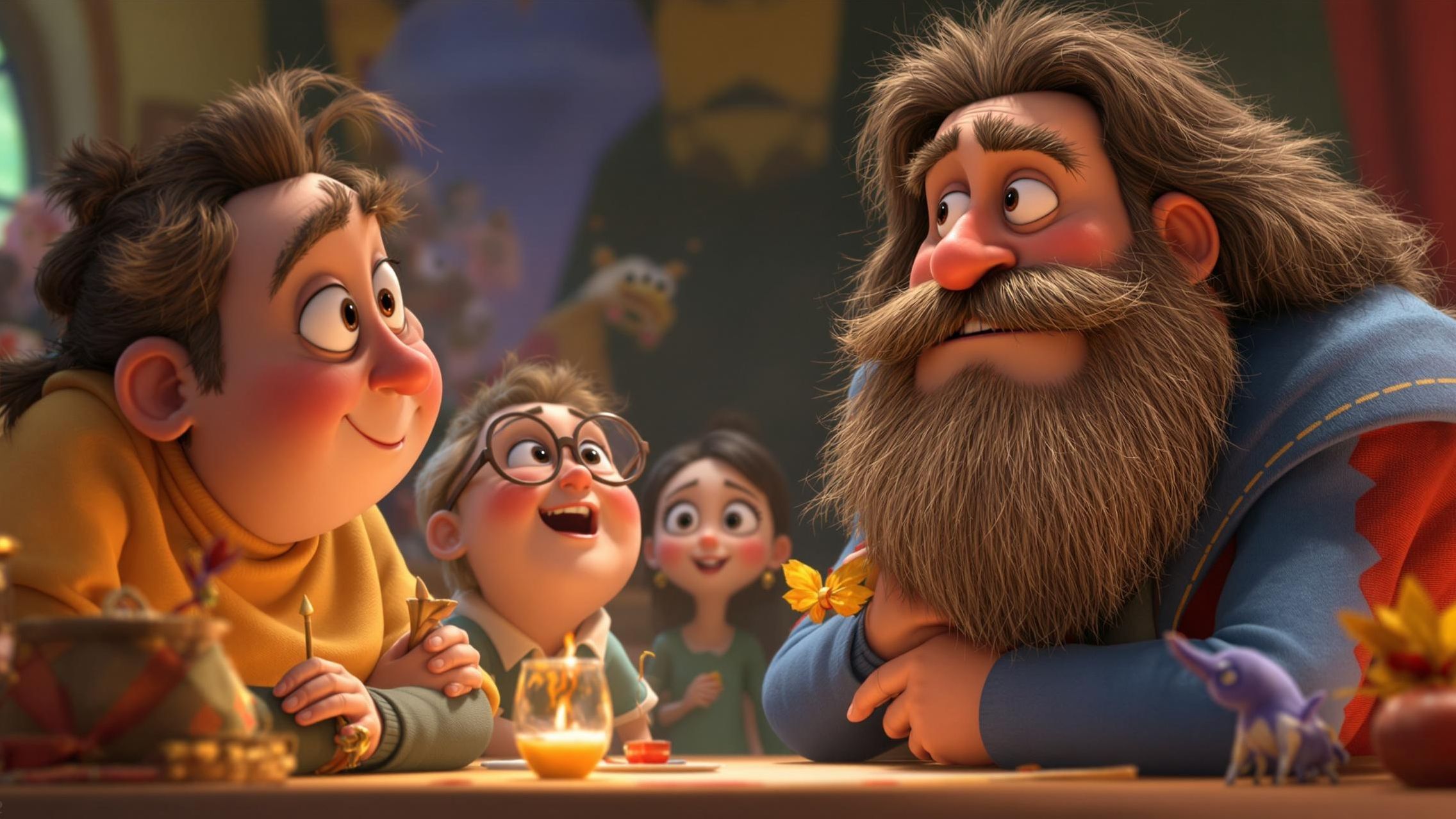From Curious Child to Cosmic Trailblazer
Albert Einstein didn’t start off as the legendary figure with the wild hair and the chalkboard full of symbols that twist minds into knots. No, he began life in the most ordinary of ways—in Ulm, Germany, in 1879, as a quiet, curious child who didn’t speak fluently until he was around four years old. His teachers thought he might be slow. Little did they know, the thoughts swirling inside that young brain would one day upend the entire universe—literally. Einstein’s fascination with nature, light, and the fabric of reality started early. At five, he was handed a compass, and instead of treating it as a toy, he obsessed over why the needle always pointed north. Something invisible was influencing it—and that invisible force lit a spark in Einstein’s mind that would blaze for a lifetime. Fast forward a few decades, and the same childlike curiosity would lead him to propose one of the most revolutionary ideas in the history of science: the theory of relativity.
The Mind-Bending Question: What If Time Wasn’t Constant?
Let’s rewind to the early 20th century. Newton’s laws had ruled the universe for over 200 years. Gravity, time, motion—it was all neat, clean, and predictable. But Einstein didn’t buy into the simplicity. He asked what seemed like a silly question: What would the world look like if you rode alongside a beam of light? That question was so outrageous that most people would have laughed it off. Einstein didn’t. He chased it. And in that chase, he unearthed a concept so wild, it felt like science fiction.
He realized something no one else had dared to seriously explore: time and space aren’t fixed. They stretch and warp. If you move faster, time ticks slower for you. And light? It always travels at the same speed—no matter how fast you’re going. This led to what he first called the “Special Theory of Relativity,” unveiled in 1905, in a paper that would later be dubbed one of the most beautiful pieces of scientific writing ever penned. In it, Einstein proposed that mass and energy were interchangeable, and encapsulated it in a deceptively simple formula: E=mc².
E=mc²: The Equation That Made the Universe Feel Smaller
It’s just three letters and a superscript, but E=mc² changed the game. Energy equals mass times the speed of light squared. Sounds like a nice bit of academic trivia, right? Wrong. This equation revealed a cosmic truth: a small amount of mass could unleash an enormous amount of energy. It wasn’t just math—it was the heartbeat of the sun, the secret behind atomic energy, and the key to understanding the most fundamental processes of the universe.
The “c” in the equation—speed of light—is enormous (about 300 million meters per second), and when you square it, you get an even more massive number. Multiply that by even a tiny amount of mass, and the resulting energy is mind-blowing. Suddenly, humanity wasn’t just poking around with apples and gravity—we were staring into the atomic furnace that powers the stars.
Einstein’s formula unlocked nuclear physics, paved the way for quantum mechanics, and—yes—even played a role in the development of atomic bombs. But Einstein himself was a pacifist, deeply troubled by the weaponization of his theories. He once said, “If only I had known, I would have been a locksmith.” Even geniuses have regrets.
General Relativity: Gravity Is Just an Illusion of Curved Space
Just when you thought Special Relativity was enough to immortalize a scientist, Einstein took things even further. In 1915, after ten grueling years of mathematical struggle and sleepless nights, he presented his General Theory of Relativity—a work that didn’t just bend space, but also bent minds.
Forget Newton’s invisible force of gravity acting across space. Einstein proposed that gravity was nothing more than the warping of spacetime itself. Massive objects like stars and planets bend the fabric of space, and other objects—like Earth, or a falling apple—simply follow the curves. Imagine placing a bowling ball on a trampoline and watching a marble roll around it. That’s gravity, Einstein-style.
Suddenly, the cosmos was a living, breathing dance of curves, waves, and ripples. Light didn’t travel in straight lines anymore—it bent around stars. Time ticked slower near massive objects. And black holes? They weren’t just theoretical—they were inevitable.
General Relativity wasn’t just a scientific breakthrough. It was art. It turned the universe from a mechanical clock into a majestic symphony of time and space. And it made Einstein not just a physicist, but a prophet of the cosmos.
The Solar Eclipse That Proved Einstein Right
For years, Einstein’s theory remained just that—a theory. It was elegant, yes, but could it be proven? In 1919, the universe answered with a resounding “yes.” During a total solar eclipse, British astronomer Arthur Eddington led an expedition to test Einstein’s prediction: that starlight would bend as it passed near the sun due to the curvature of spacetime.
Eddington snapped photos during the eclipse and found the stars weren’t where they were supposed to be—they’d shifted ever so slightly. Just enough to match Einstein’s calculations. The newspapers exploded with headlines. “Lights All Askew in the Heavens,” they declared. Einstein was a global superstar overnight. n an instant, the quiet patent clerk from Switzerland became the face of genius.
Einstein the Rockstar of Science
Einstein wasn’t just another brilliant thinker tucked away in a dusty lab. He was a public figure, a global icon. People lined up to hear him speak, even if they didn’t understand a word he said. His fame transcended academia. He became a symbol—of intellect, of rebellion, of curiosity without borders.
He lectured in Europe, America, and Asia. He played the violin, gave witty interviews, refused to wear socks, and spoke out fiercely for civil rights and against totalitarian regimes. Einstein’s hair alone became a symbol of untamed genius. The man wasn’t trying to be cool—he just was.
But despite all the fanfare, Einstein stayed humble. “I have no special talents,” he once said. “I am only passionately curious.” That passion turned him into one of the most influential figures in human history.
A Legacy That Goes Beyond Physics
Einstein didn’t just rewrite physics textbooks. He inspired entire generations to think differently. He challenged the idea that the world is fixed and knowable. He showed that imagination, not just logic, is the key to discovery. “Imagination is more important than knowledge,” he said. “For knowledge is limited, whereas imagination embraces the entire world.”
His work laid the foundation for GPS satellites, which wouldn’t function correctly without relativistic time adjustments. It helped scientists peer into the Big Bang, explore black holes, and search for gravitational waves. Einstein’s fingerprints are on almost every cosmic discovery of the past century.
But his legacy isn’t just etched into chalkboards or carved into space-time—it’s in the minds of dreamers, tinkerers, students, and scientists who believe there’s always more to understand.
The Power of Thinking Differently
Einstein was never one to follow the crowd. He questioned authority, doubted convention, and saw the world not for what it was—but for what it might be. That mindset is exactly what allowed him to leap beyond the horizon of accepted science.
In school, he clashed with teachers who preferred rote memorization. He taught himself calculus by age 12, not because someone told him to, but because he was curious. When people said “that’s impossible,” Einstein replied, “Not if I can imagine it.” He wasn’t just a genius—he was a rebel. The good kind. The kind who makes the world better.
We can all take a page from Einstein’s playbook. In a world that often demands conformity, Einstein reminds us that it’s okay—no, it’s essential—to be different. To ask wild questions. To be misunderstood. Because that’s where breakthroughs are born.
Time Travelers in Training
Einstein’s theory doesn’t just live in the halls of academia—it sneaks into our science fiction fantasies. Time travel? Wormholes? Spaceships moving at near-light speed? All of that is rooted in relativity.
According to Einstein, time really does slow down the faster you go. Clocks on GPS satellites tick slightly faster than those on Earth—if not adjusted, we’d all be lost by miles. The International Space Station experiences time differently from Earth. And one day, astronauts on deep space missions may return home younger than their Earthbound peers. That’s not magic—that’s Einstein.
His ideas aren’t just mind-blowing—they’re playful. They give us permission to imagine what’s possible. They tell us we’re all time travelers, riding the currents of a dynamic universe. And in that ride, there’s room for wonder, for joy, and for limitless possibility.
The Man Who Made the Universe Feel Human
Despite his cosmic achievements, Einstein remained incredibly human. He loved music, told jokes, and scribbled formulas on napkins. He had triumphs and missteps, fans and critics. He made mistakes, admitted them, and kept learning. He was never content to rest on his laurels. That’s what made him extraordinary.
He once said, “Try not to become a man of success, but rather try to become a man of value.” He lived those words. Even as the world worshiped his intellect, he advocated for peace, for justice, for the rights of all people. He wrote letters to world leaders, spoke out against nuclear weapons, and believed deeply in the power of unity.
Einstein proved that genius isn’t just about solving equations—it’s about seeing the big picture, about caring enough to change the world, not just explain it.
Relativity and the Relentless Pursuit of Wonder
The Theory of Relativity didn’t just change science—it changed everything. It shattered the boundaries of what we thought we knew. It showed that time can stretch, space can curve, and energy and mass are two sides of the same cosmic coin.
But more than anything, it showed what one mind—one curious, relentless, passionate mind—can do. Einstein’s journey reminds us that the universe isn’t just a place of cold equations and unreachable stars. It’s a place of magic, mystery, and marvel, just waiting for someone to ask the right question.
So go ahead. Ask your wild questions. Dream big. Stay curious. Because who knows? The next theory that changes everything might just come from you.




